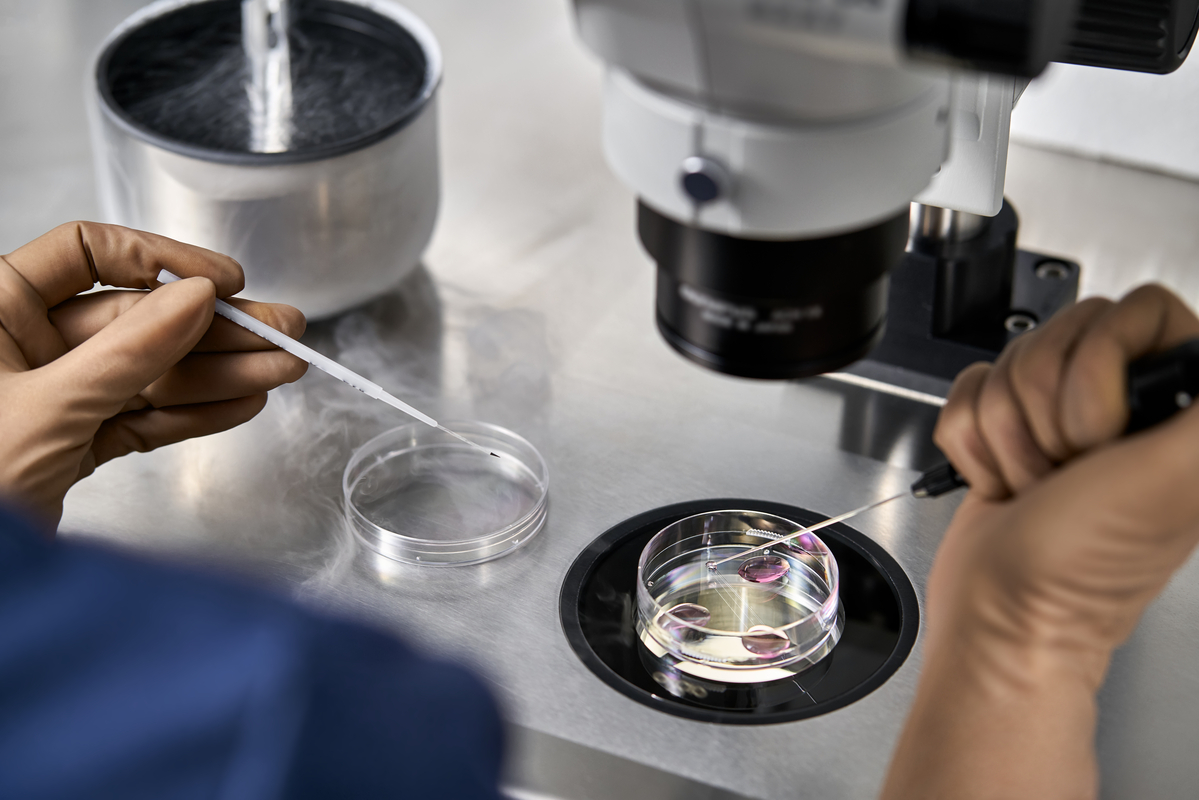A survey conducted in the USA shows that 20% of women aged 20 to 45 are unaware of the effects of aging on their fertility. Furthermore, half (48%) of couples experiencing difficulties conceiving do not acknowledge that they are suffering from infertility, according to research. Education on infertility begins with awareness of the problem. This is followed by investigation, diagnosis, and treatments, continuing with the prevention of infertility complications. Information related to medical investigations, therapeutic options, as well as costs and financial solutions are integral parts of education in the area of infertility.
Common complications of infertility
Infertility and its complications, such as miscarriages, can negatively impact a person’s overall health and quality of life. Many couples wishing to conceive will experience psychological and interpersonal distress that could adversely affect their quality of life. Infertility is one of the main reasons for divorce among couples. Up to 60% of infertile individuals have reported psychiatric symptoms, with significantly higher levels of anxiety and depression than fertile individuals.
• Nearly 41% of infertile women experience depression.
• Almost 87% of infertile women have anxiety.
• Women who conceive through IVF are more likely to give birth prematurely.
Infertility – a global public health issue
• Infertility is considered a public health problem, affecting approximately 17.5% of the adult population worldwide.
• It is ranked fifth by the World Health Organization among global disabilities.
• It equally affects populations in all regions, regardless of income level.
• Currently, 48.5 million couples worldwide are facing infertility. According to the latest WHO report, in most countries, fertility treatments are largely funded by patients, involving often exorbitant costs. Individuals in poorer countries allocate a larger proportion of their income to fertility care compared to those in developed countries. High costs represent a significant barrier to accessing infertility treatments, risking pushing people into poverty as a direct consequence of seeking care.
Does women’s fertility really decline after the age of 35?
According to experts, fertility follows a long downward slope. While the likelihood of conception is primarily affected by age, many other factors come into play. What a cruel irony that it is easy for a woman to become pregnant and have a child at an age when most have no interest whatsoever! However, many people do not realize how much time works against them in this regard: a survey conducted on a sample of one thousand women aged 18 to 40 in the United States shows that 20% of them are unaware of the effects of aging on their fertility. The average age at which a woman seeks to become pregnant is steadily increasing. Generally, when fertility peaks, women are focused on their careers or have not yet found the right partner, which explains the rising age.
The reality is this: a woman’s fertility, her ability to become pregnant, is at its peak between the late teenage years and the late thirties, according to the American College of Obstetricians and Gynecologists (ACOG). At 30, fertility begins to decline, and by 35, the rate accelerates. According to one study,
● Before the age of 30, the probability of becoming pregnant within a year is 85%.
● At 30, this probability is 75%.
● By 35, this figure drops to 66%.
● At 40, the probability of becoming pregnant in 12 months is 44%.
Age – an important cause of infertility
Unlike men, who can produce a new batch of sperm every 72 days, a woman has all her eggs at birth, approximately one to two million, contained in her ovaries. By puberty, this number is between 300,000 and 500,000, before continuing on this downward slope. During menstruation years, a woman loses eggs each month. Many women believe they lose one egg, but the reality is more like 10 to 20 per month, experts say.
At ovulation, when released from the ovaries, a mature egg has a window of 12 to 24 hours to be fertilized by a sperm. The other eggs die in a process called apoptosis. Apoptosis is a process of programmed cell death that is an integral part of human ovarian function. By age 37, a woman has about 25,000 eggs left, and by age 50, the average age of menopause, her ovaries contain at most one thousand eggs.
Moreover, it is not just a matter of quantity; quality is also declining. By the age of 45 to 50, most of the remaining eggs in the ovaries have a chromosomal abnormality, specialists state. Most of the eggs with these abnormalities do not allow fertilization. If some are fertilized, most will not develop into an embryo that can implant in the uterus. While some implant successfully, 70% will be lost in the first 11 weeks due to miscarriage. This is because the number of normal eggs decreases with age. As women age, they have a higher number of abnormal eggs, and each month after ovulation, the proportion of abnormal eggs in the ovaries increases.
Sperm quality deteriorates with age, but a man can renew his sperm approximately every two and a half months. According to the American Society for Reproductive Medicine (ASRM), “there is no maximum age at which a man cannot conceive.”
The process will require in vitro fertilization (IVF), which is the fertilization of an egg by a sperm in the laboratory and then the transfer of that fertilized egg to the uterus. Additionally, if you are experiencing difficulties becoming pregnant at an older age, you can resort to IVF without using a self-preserved egg. The self-preservation process allows you to pause the clock that governs your fertility.
Bibliographic search:



